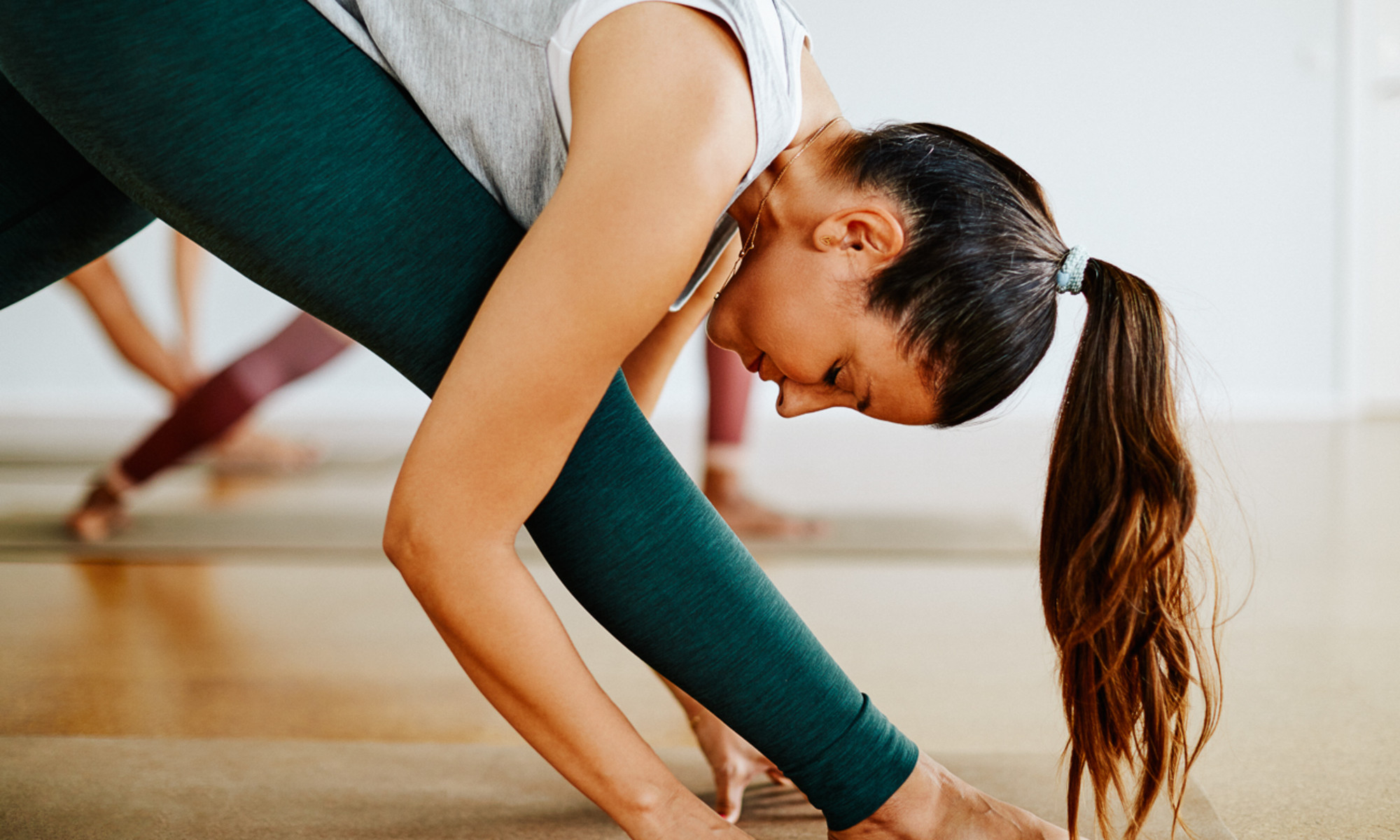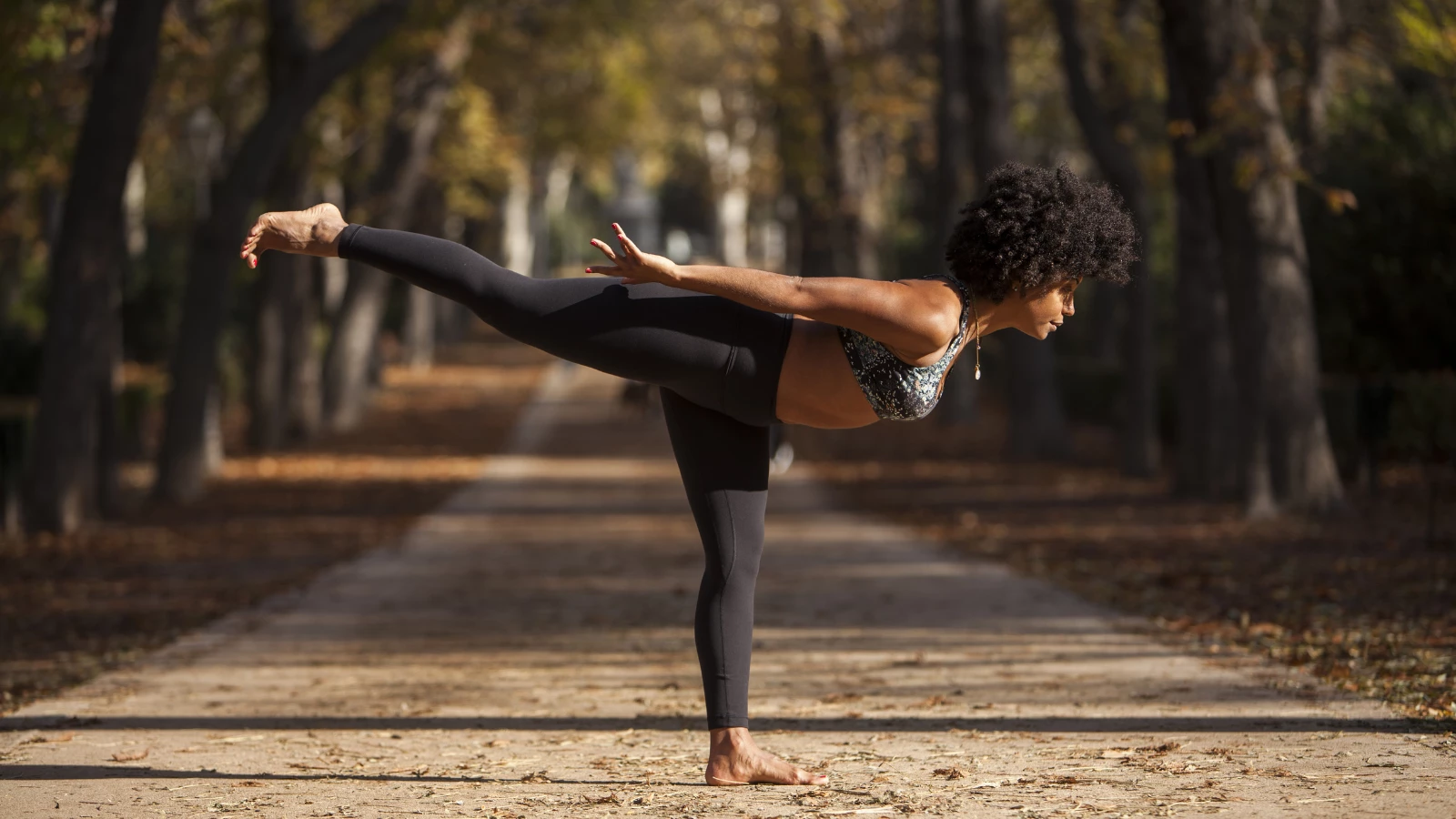We as a whole have a well of inward strength and power accessible to us. On occasion, it is not difficult to feel at leniency to life's conditions and can feel hard to get to this intrinsic versatility and internal power during difficulties. Luckily, there are practices and ceremonies that can assist us with remaining focused and stir up this inward fire, so you stay grounded and consistent in the midst of groundbreaking tides. This yoga arrangement is intended to assist you with taking advantage of your inward well of solidarity so you can unhesitatingly push ahead regardless of what life tosses your direction.
What type of yoga focuses on strength?

Kapalabhati
Pranayama is a strong method for clearing the psyche and support a positive condition. Kapalabhati, or breath of fire, is a breath strategy that will assist you with shedding self-uncertainty and tap into your tough soul.
Start in an agreeable position, spine upstanding and shut your eyes. Take a couple of establishing full breaths, then at the highest point of your next breathe in, start removing short and sharp breathes out from your nose, siphoning your gut with each breath out. Rehash this for twenty rounds, holding the breath in for five seconds prior to breathing out. You can either rehash one more round of twenty breaths, or return to a typical breathing example.
Feline Cow
Come into table top position, wrists stacked under your shoulders and knees under your hips. Breathe in and drop your gut as you direct your look toward the sky. As you breathe out, press the mat away and burrow out your gut, looking toward your navel. Rehash this example, connecting breath to development for ten rounds prior to getting back to a nonpartisan spine.
WII
Fold your toes under and press your palms into the mat. Expand your legs and arrive at your hips toward the roof for a descending confronting canine. Hold here, taking any developments that vibe great to you for five breaths. On your next breathe out, step your right in the middle of between your hands and plant your left foot down on the mat at a 45-degree point. Breathe in to come up, breathe out, twist your right leg at a 90-degree point and expand your arms at shoulder level, coming into WII present. Connect with your center and look over your front center finger for ten breaths.
Goddess
From Hero II, breathe in to fix your legs and go to confront the long edge of your mat. Breathe out to twist the two knees and cactus your arms out at shoulder level. Find a watchful eye and remain here in goddess present for up to ten breaths.
Cheetah
From goddess present, breathe in to fix the two legs, then breathe out to get back to Fighter two at the highest point of your mat. Breathe in to switch your hero, then, at that point, breathe out and establish your palms on one or the other side of your right foot and progress through a vinyasa back to a descending confronting canine. From here, breathe in to expand your right leg long behind you, and on your breathe out, press the mat away, adjusting your spine as you crunch your knee into your chest, coming into cheetah present. Breathe in your leg long behind you, then, at that point, breathe out your knee into your chest and rehash this example multiple times.
Wild Thing
From your three-legged canine, shift your weight into your left hand and twist your right leg so your heel is coming into your left glute. Start to strip open through your side body, establishing your right toes behind you and arriving at your right arm above, coming into wild thing. Hold here, squeezing into your right foot and opening up through your heart for five breaths, tenderly establishing your right palm and progressing through a descending confronting canine when you finish.
Rehash this succession on the opposite side, beginning with WII present. Take any establishing stances that vibe great in your body when you are finished, and wrap up with a five-minute savasana to allow your training to absorb. Get back to the remainder of your day with a feeling of solidarity and internal harmony.
FAQs
How do you build resilience in yoga?

Propelling ourselves during yoga practice to hold a posture when it appears we have arrived at our breaking point creates profound strength over the long haul, and we become more certain and strong in our choices. Customary act of asanas makes us more focused and grounded amidst disarray and challenge.
What does resilience mean in yoga?
This internal strength is known as mental versatility, which represents the capacity to recuperate from troubles, difficulties and distressing circumstances and to adjust to changes and vulnerability.
What are the 5 pillars of resilience?
Strength is comprised of five support points: mindfulness, care, taking care of oneself, positive connections, and reason. By fortifying these support points, we thusly, become stronger.
